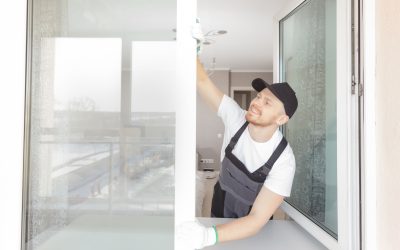Basement remodels give a home extra square footage, increases its value, and gives the family extra space. Many basement remodels support living space, a game room or media room, a home office, or a gym, to name a few ideas. Moisture troubles basement remodeling in Suffield, CT, though. Homeowners need to know its causes and remedies before they remodel.
Causes of Basement Moisture
Water comes from rain and humidity as well as from showers and steam from cooking. People’s movements and air flow bring moisture down into a basement. Houses may have been perfectly sound when built, but the grading of the ground and drainage system or faulty gutters and downspouts could be the cause of basement moisture.
How Moisture Manifests
Whether it’s rain water, humidity, or water from cooking or showers settling into the basement, it all looks like this:
• A sense of dampness
• Condensation on walls
• The odor of mold and mildew
• Saturated carpet or wood flooring
• Rivulets of water on walls
• Concrete block walls that are moist and damp
How to Fix the Problem
Basement remodeling in Suffield, CT, isn’t a good idea until the moisture problem is solved. Moisture affects your health in different ways. Asthma and COPD sufferers, along with those who have allergies or other lung problems, are often sent to the hospital when exposed to mold and mildew. Before that happens, do these following steps:
• Place soil around the house so that it slopes about one inch for every six feet to draw water away from the foundation.
• Add gutters and downspouts to the house. Downspouts should be placed every 50 feet of the eaves. Extensions should displace water at least four feet from the house.
• Ventilate the basement with air conditioning instead of open windows.
• Properly ventilate the kitchen and bathroom so that no vapors add moisture to the basement. Understanding how moisture affects a basement and those living in the home is vital to a successful basement remodel.
Click here to learn more about Basement Remodeling in Suffield CT.


